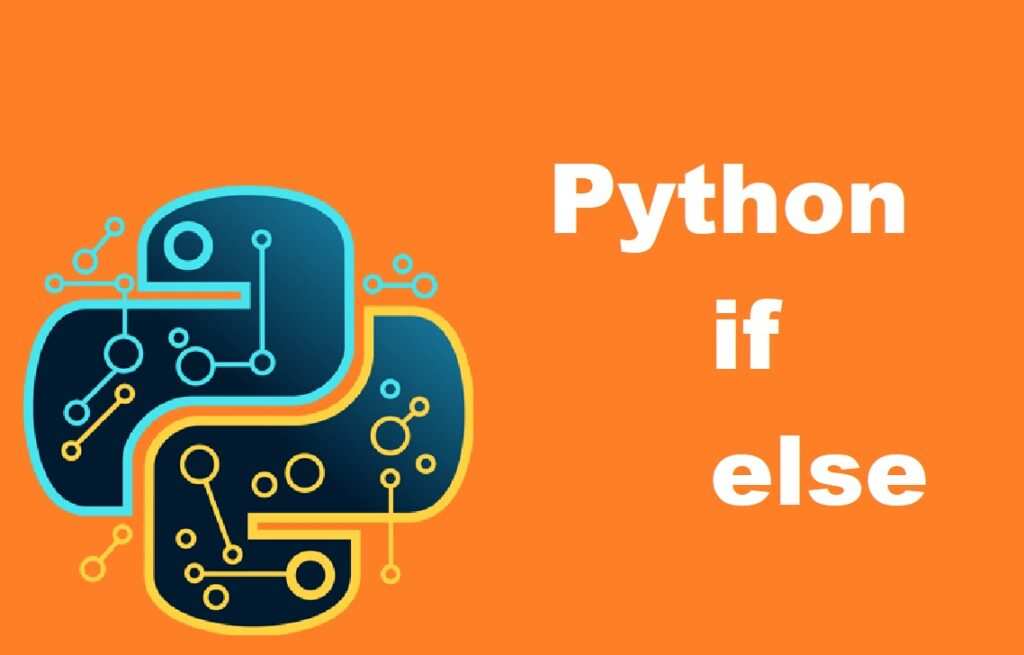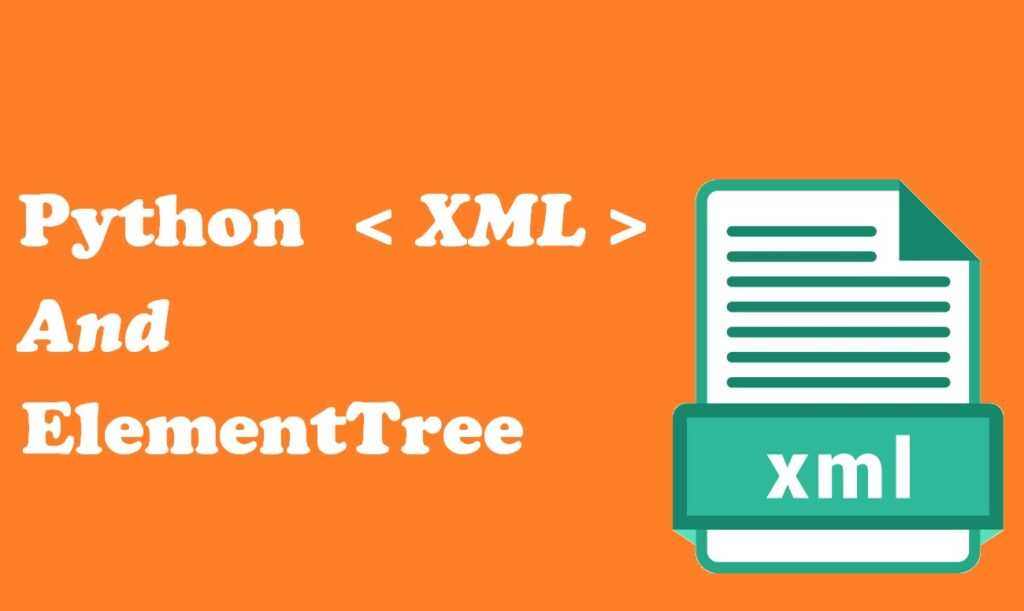Cisco NetAcad Learning
What is Cisco Netacad? Cisco Networking Academy, often referred to as Cisco NetAcad, is an online learning platform that provides comprehensive training on networking, cybersecurity, and IT skills. The platform is developed and managed by Cisco Systems itself. Cisco is an America based global leader in networking and telecommunications technology providing quality computer networking products. […]
Cisco NetAcad Learning Read More »












